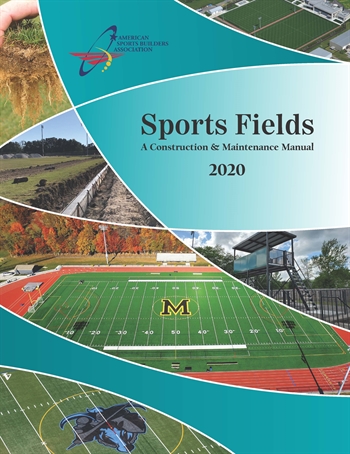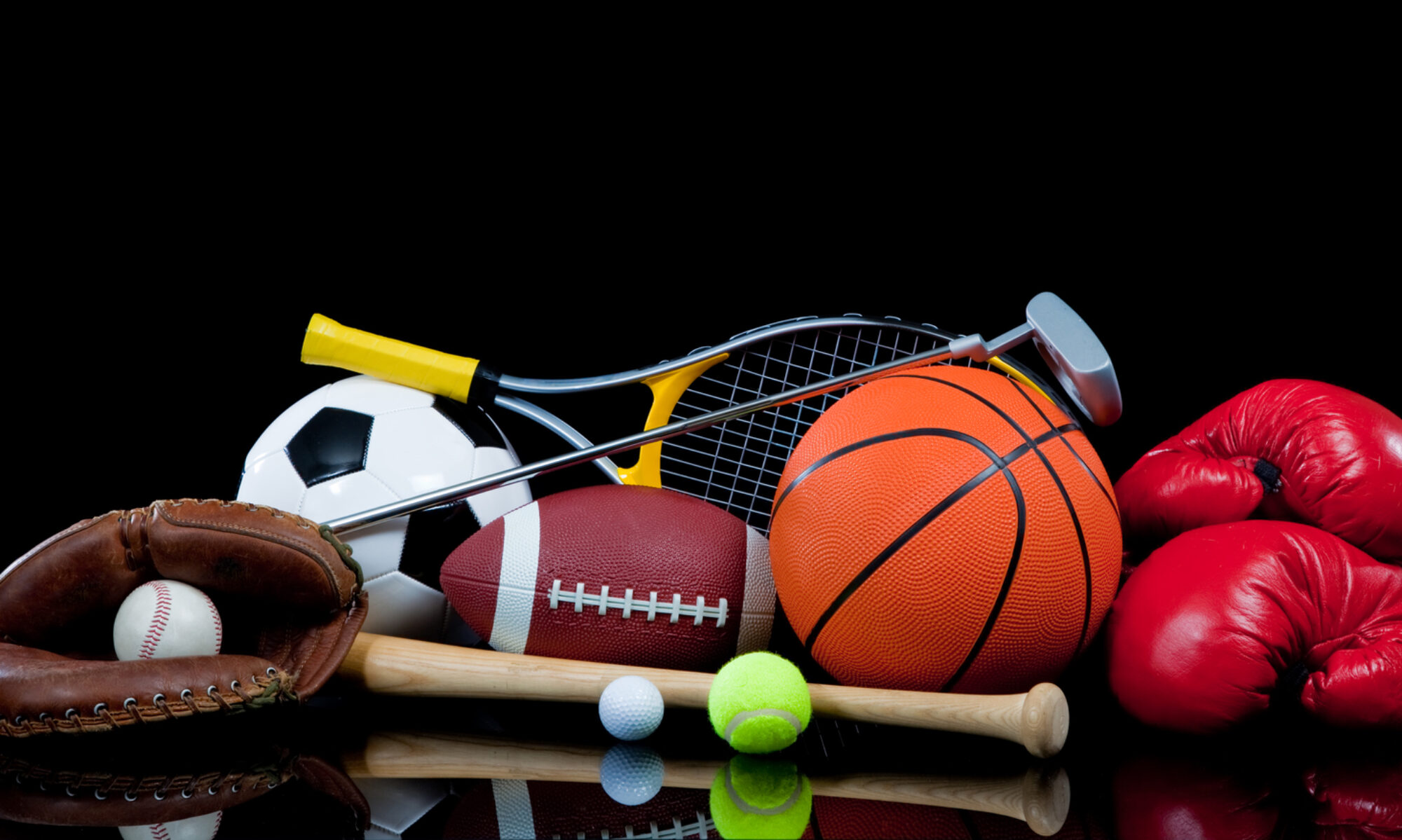Media Release:

Forest Hill, MD – The American Sports Builders Association (ASBA), the national organization for builders, designers and suppliers of materials for sports fields, running tracks, tennis courts and indoor and outdoor courts and recreational facilities, has announced the publication of the 2020 edition of Sports Fields: A Construction and Maintenance Manual.
The book is designed for anyone involved in building, maintaining, repairing or renovating all types of fields. It includes user-friendly technical information on all aspects of fields for various sports, including design, budgeting and planning, site requirements, surface selection, construction, maintenance, repair, amenities and accessories and more. In addition, it includes diagrams, photos, governing bodies and sources for further information.
“In the new edition, we’ve made the book much more user-friendly,” says John Nelson, CFB, ASBA’s Fields Book Committee chairman, who worked to update and rewrite the manual. “We’ve created a more user-friendly publication that follows the process from conception to construction to completion – and also includes illustrations as well as extensive information on testing applicable to field surfaces.”
Additionally, the new publication includes enhancements with real-life information users need, including an examination of the perception of synthetic fields and a review of alternative infills on the market. It is also the textbook for those taking the ASBA’s Certified Field Builder exam. Copies of the new edition of the book are now available at a cost of $44.95 each and are available in hard copy as well as in digital form. Books can be ordered in either hard copy or digital format by going to the web site, www.sportsbuilders.org and selecting the tab at the top, reading “Publications.”
The ASBA is a non-profit association helping designers, builders, owners, operators and users understand quality athletic facility construction. The Association sponsors informative meetings, publishes newsletters, books and technical construction guidelines and keeps its members updated on developments in the industry.
